Industry left behind by cost of living crisis
One crucial industry has lost around a third of its workforce, and is now struggling to keep afloat, as the cost of living crisis bites down hard.
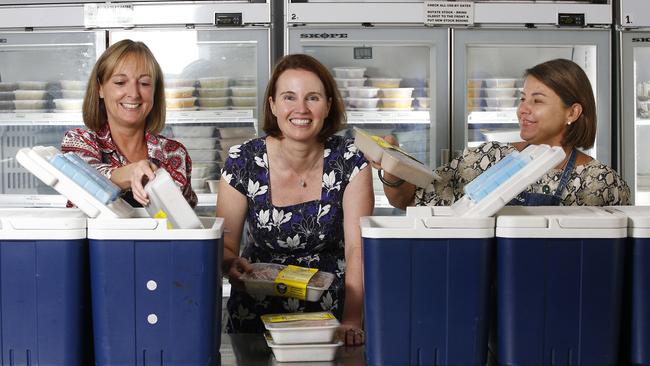
National
Don't miss out on the headlines from National. Followed categories will be added to My News.
Volunteers are becoming increasingly hard to find, with time constraints combined with the cost-of-living crisis and the lingering impacts of Covid-19 leading to a widespread shortage.
Research by The Centre for Volunteering finds that one in three volunteers in NSW has not returned to their role in person post-pandemic.
The main barrier is lack of time, cited by 43.8 per cent of volunteers, followed by cost, selected by 15.7 per cent, and health reasons, nominated by 13.2 per cent of volunteers.
“The volunteer crisis is particularly related to formal volunteering roles, so those more traditional roles where people have to physically go somewhere and devote a particular amount of time to do the work, brought on mainly by Covid lockdowns,” the Centre for Volunteering chief executive Gemma Rygate says.
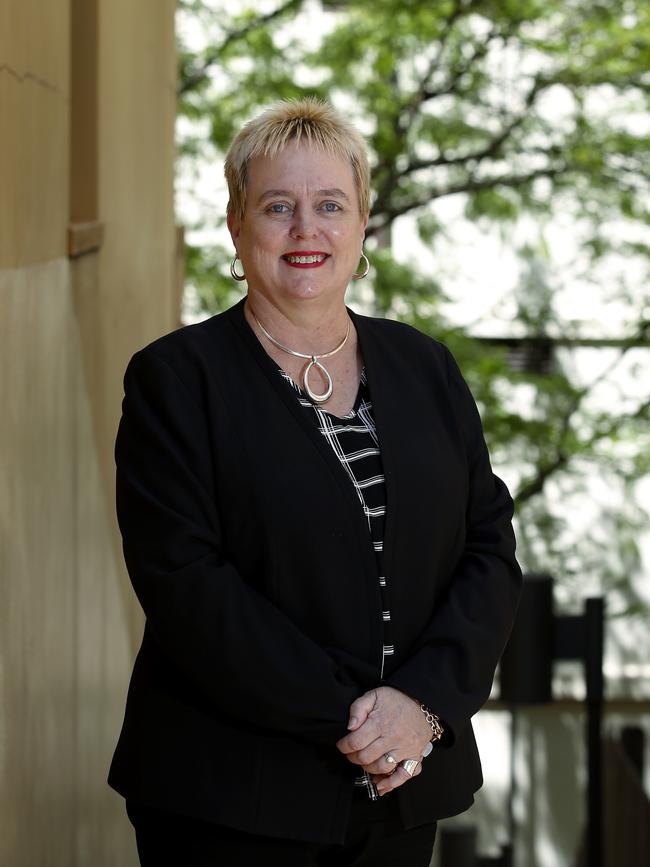
“Aged care has had a real decline in volunteering, firstly because people weren’t allowed to go into aged care facilities to support people, and a lot of places have found it difficult to get their volunteers back. There’s still a fear in the community around health issues and that’s preventing people from doing things in those traditional roles. People have found other things to do with their time.
“But what we have also seen is that there has been more informal and spontaneous volunteering, which is good. A lot of people are helping neighbours with things like shopping – just seeing things that need to be done and doing them.
“People are also getting more involved in social media campaigns and things that can be done online, which wasn’t really happening before Covid.”
THE FACTORS
NSW is home to 4.3 million volunteers, equating to over half of the state’s population.
The 2023 NSW State of Volunteering Report reveals insight into the vital role of volunteers in the state, with the total value adding up to a staggering $178 billion this year.
Although volunteering is often perceived as cost-free, it is not, there are still associated expenses absorbed by the volunteers themselves.
With 13 interest rate rises since last May and the cost of everything from groceries to insurance soaring, financial considerations have become more prevalent than at any other time in modern history.
“People either volunteer for a cause they’re passionate about or in response to something that’s happened,” Rygate says.
“There’s been a big increase in the cost of petrol to get from A to B. It’s giving them a bit of stress. We know that a lot of organisations can’t afford to reimburse their volunteers for travel and other costs, so the volunteers bear the brunt.”
The 2021 State of Volunteering Report showed $127 billion a year was contributed to the NSW economy through volunteering.
Rygate believes it’s time to look at what work should be paid and what should be left unpaid.
“There needs to be a real adjustment in people’s thinking about what are necessary roles and what are ‘nice to haves’,” she says.
“A lot of volunteering roles are absolutely essential, but there’s no money to support paid work in these particular areas. Things like Landcare are run by volunteers who are passionate about the environment. The work they do is fantastic and necessary, but it wouldn’t happen without them.”
Waverley Council’s local connections co-ordinator David Cutler says most of its partner organisations are on the lookout for volunteers.
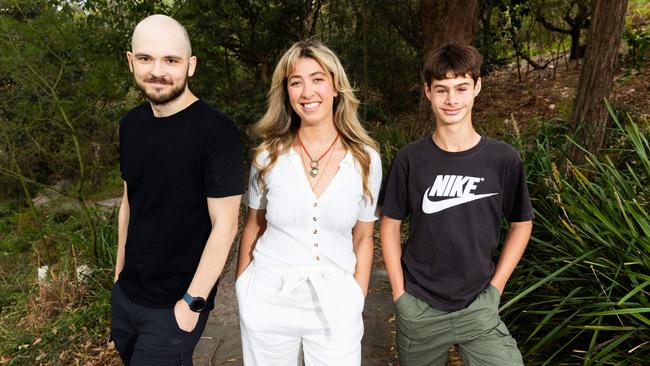
“I think Covid has shifted the landscape a lot,” he says. “A lot of the volunteer organisations had older members, so it accelerated their retirement. Their families wouldn’t let them come back because of health issues or they were worried about them getting sick.
“A lot of aged care providers and people in the care sector are on the lookout for volunteers, but all of our community organisations would benefit from more volunteers.”
Demand for volunteers will become even greater as the year comes to a close, with organisations like the Salvation Army needing extra hands on deck for its annual Christmas appeal, which helps raise money to buy gifts for children who would otherwise get none and hampers for people who can’t afford basic meals.
MORE HANDS ON DECK
Sarah Veltman, co-ordinator of the Big Brothers Big Sisters mentoring program at JewishCare, is struggling to find enough volunteers to commit to the one-year minimum required to provide friendship, guidance and support to a young person in need.
While she has 20 mentors linked with a young person, with a constant stream of referrals she is always in need of more, ideally men aged 18 to 35 years old.
The program is one of about 20 offered by the organisation, including one linking older members of the community with a volunteer for companionship, NDIS programs and a project connecting professionals who offer pro bono support with clients who may otherwise not be able to afford the service.
But Veltman has found people in the required age bracket for the mentoring program are too busy with work, study and financial pressures to volunteer.
“Since Covid, there is a big wave of people wanting to travel more, so that is also a major hurdle when committing to 12 months on the program,” she says.

“As well as the uncertainty that the past three years have imposed on us all, committing to anything long-term is difficult. The volunteer landscape is also very competitive, and many organisations offer a shorter commitment, which makes recruiting volunteers for the mentoring programs a challenge.
“When we have young people referred to our program, they can wait for 12 months, sometimes longer, for a volunteer. There is an obvious impact when they have to wait that long to be linked up with a mentor. They may already be experiencing social isolation, loneliness, poor self-esteem and lack of confidence. The longer that young people need to wait on the waitlist, the longer they are without the support that they need.”
HELP WITH MEALS
It’s a similar story north of the harbour, where Mosman Municipal Council team leader of community care Sally Severino says volunteers have also been slow to return. The council has about 20 volunteer programs, with roles ranging from JPs signing documents in the library to helping out at Mosman Art Gallery and Community Centre and delivering healthy dinners with Mosman Meals.
“We could really do with another 80 to 100 volunteers,” she says. “Mosman Meals requires around 30 volunteers a week and we have probably got around 50 rostered over a month, so we’re having to double up. Some of them are coming every week and some are coming a couple of days a week. Ideally, we’d have people doing week one and week three of each month, for example, to get a break.”
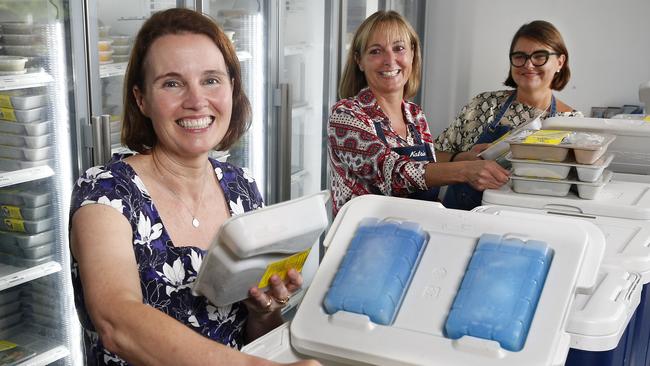
She’d also like to have 50 volunteers signed up to help with Mosman Community Centre’s Friday Social Lunch, but currently has 35.
“It’s really rewarding and we always hear the same line – that the volunteers get more out of it than the person they’re helping, but of course that person is too,” she says.
In the lead-up to Wayside Chapel’s annual Christmas Day Street Party, chief executive Reverend Jon Owen says more volunteers are needed to assist the thousands of locals experiencing loneliness and homelessness.
“As cost-of-living pressures increase, we’ve seen a decrease in people dedicating hours to volunteer,” he says. “That’s the same time as we’ve seen a doubling in numbers of people accessing us for support and services.
“We calculated that by August 14 this year, we had as many people walking through our doors as we had for the entirety of 2022. That gives a scale of some of the need that’s starting to pour through our doors.”
TAKE THE LEAD
Mark Rotenstein has fond memories of his childhood in the Scouts – going camping in the bush, hiking with a map and compass, learning to light a match. It gave him opportunities to do things he’d never been able to before. So, when his son Daniel asked him for a bedtime story, instead of reading him a book, he’d tell him stories of those days. When Daniel asked if he could join too, Rotenstein returned to the organisation as a leader at Rose Bay Scout Group.
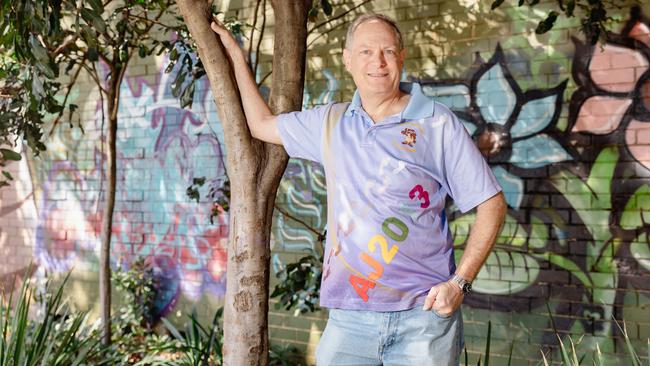
Now his son is all grown up, but the 58-year-old still volunteers.
“A lot of our leaders are parents of children in the group and a number stick around when the kid has graduated because it’s fun,” he says. “Some people might feel they don’t have the skills needed but I think most volunteer organisations would say, ‘if you have the time, we’ll find a role that suits’.”
The group has about 50 members, ranging from Joeys aged five to seven up to 18-year-old Venturers and Rovers, who are aged 18 to 26 and have a focus on providing services to the community.
Rotenstein’s role includes leading weekly meetings during school term and planning meetings in the school holidays.
Rose Bay Scout Group is particularly looking for women leaders for the older girls’ age group.
“Often the volunteers are parents of the kids and there are so many things happening now after school that we’re competing against,” Rotenstein says. “Life is getting busier.”
International Volunteer Day is on December 5. To find out more about volunteering opportunities, visit volunteering.com.au




